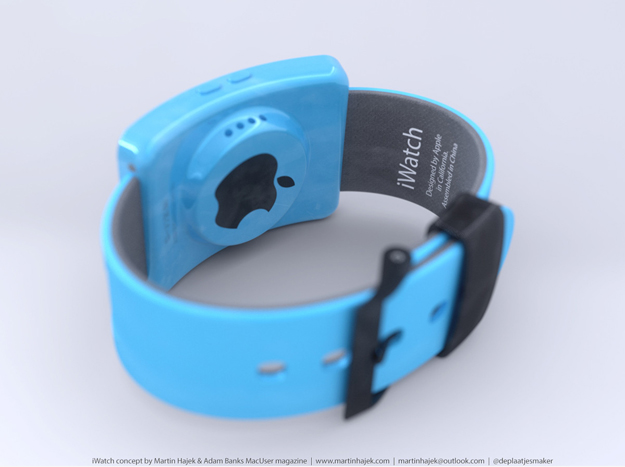Battery life is a big issue that wearable devices must overcome, and Apple has apparently considered several different possibilities in its effort to improve battery performance on its rumored upcoming iWatch smartwatch, The New York Times reports.
The company has been testing a method to charge the iWatch wirelessly via magnetic induction, a person who was briefed on the product said. Furthermore, Apple may place a solar-charging layer on top of the iWatch’s curved screen to help out with battery charging when worn in daylight. Finally, a different effort involves charging a battery by movement – specifically, the natural swinging of the wearer’s arm while walking could generate energy for the device.
However, it’s not clear what charging method the iWatch will employ aside from regular battery charging means, or whether a combination of methods will be used to prolong the battery life of a wearable device that wouldn’t otherwise have room for a bigger battery.
With other devices, Apple has been able to extend battery life by optimizing software and by using less power-hungry chips. At the same time, Apple has patented different techniques that would help it draw more power for devices, including solar or movement charging.
Solar charging has apparently been on Apple’s mind for a long while, the Times reports, especially for mobile devices, although the technology has not been put to use yet. Tony Fadell, Apple’s former vice president whose new company has been recently acquired by Google, says that adding solar charging abilities to iPhones and iPads did not prove practical, “because mobile devices often stay inside pockets when people are outdoors, and indoor artificial light generates only a tiny amount of energy.
Recent reports revealed that Apple has already met with FDA officials to purportedly discuss the iWatch, and that Apple’s upcoming iOS 8 mobile operating system will have health as a “headline features,” with the iWatch expected to work closely with iPhones to deliver health- and fitness-related tracking features.




